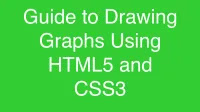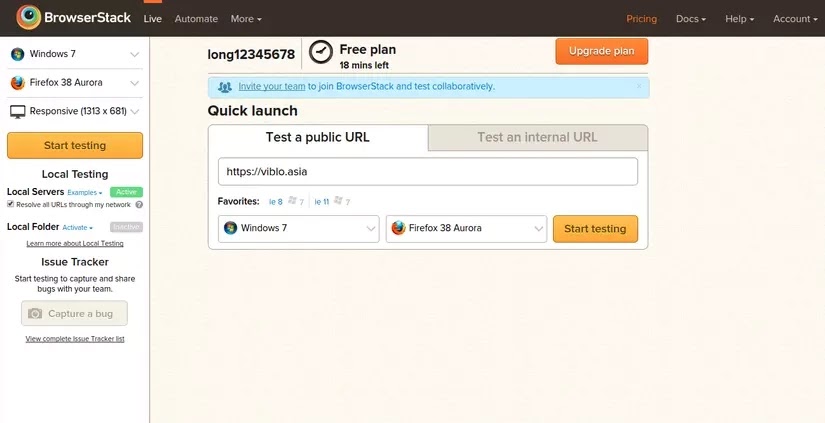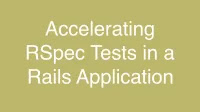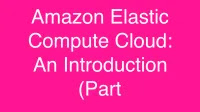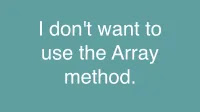Introduction to Raspberry Pi for Beginners
In this article, I will provide an overview of the Raspberry Pi (RP) for newcomers, giving you a solid understanding to help you start exploring the Raspberry Pi on your own:
- What is Raspberry Pi?
- Essential steps to get started with Raspberry Pi: installation, understanding limitations, and what RP can do.
What is Raspberry Pi?
Initially, the Raspberry Pi was a small board attached to a computer motherboard developed in the UK. Over time, it has evolved into a complete yet simple motherboard, functioning as a mini-computer designed for teaching computer science in high schools. This device has been developed since 2012 by the Raspberry Pi Foundation, a non-profit organization. The original aim of this device was to make it easy for people to customize and use it for various tasks.
The available versions so far include:
- Model A
- Model A+
- Model B
- Model B+
- Model B RP2
Raspberry Pi comes equipped with all the necessary components. So, what is inside a Raspberry Pi?
It's quite straightforward—when you open a Raspberry Pi, you will see:
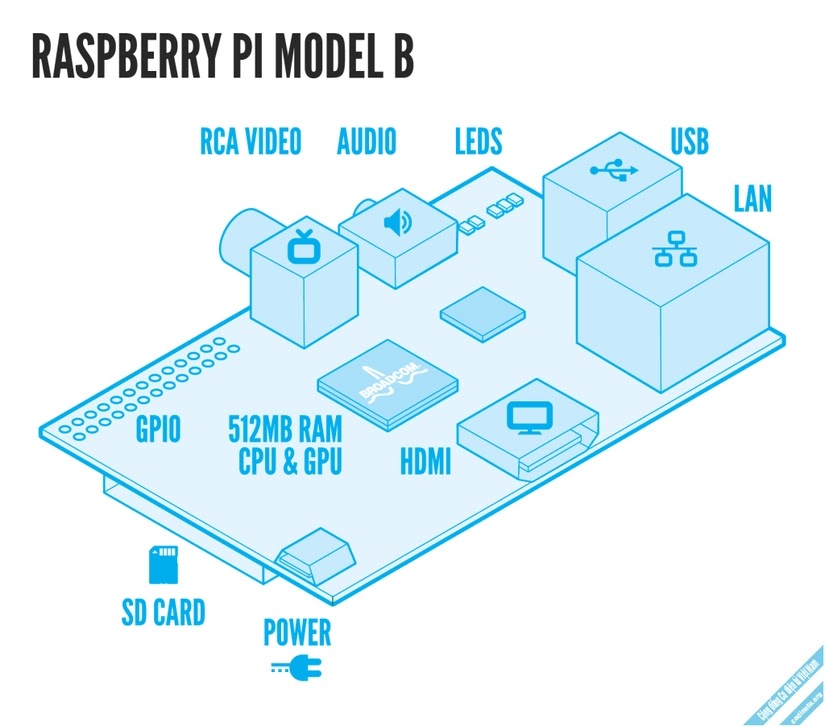
- HDMI port for video and audio
- 2 USB ports: notably USB 2.0, allowing you to connect peripherals like a keyboard, mouse, GPS receiver, which broadens its range of applications. Since RP runs on Linux, most devices can be plug-and-play without needing complex driver installations.
- 1 SD card slot (minimum 4GB, where the operating system is installed)
- Ethernet port: tested but has relatively slow speeds
- Model B includes Wi-Fi
- 3.5mm jack for headphones
- CPU and RAM: 700MHz, comparable to a Motorola from 2008, capable of running Linux, with a GPU sufficient for playing MiniCraft and watching full HD videos.
- Power jack: the RP requires a simple micro USB 5V power supply, with a minimum of 700mA; this is very convenient because you can use a smartphone charger. It's surprising how little power the RP consumes. However, RP does not have a battery and must be plugged in continuously, which can be a drawback.
- LED indicators
That's it! With just these components, you can start to imagine the possibilities!
For detailed basic hardware knowledge about RP, you can visit this page.
Setting Up Raspberry Pi
The first lesson with RP is installation.
Goals:
- Install an operating system on the RP
- Access the RP through this operating system.
Operating systems that can run on Raspberry Pi include:
- Raspbian (the official Raspberry Pi OS) based on Debian
- Ubuntu MATE: the official Ubuntu version for RP, offering a graphical interface, Ubuntu apt install package, and Ubuntu Center. Ubuntu Mate has ample features for text editing, photo viewing, system monitoring, etc.
- Snappy Ubuntu: a lightweight Ubuntu OS for RP, making applications run faster and supporting different install/uninstall packages compared to Ubuntu Mate. Version 15.04 can be installed on a 4GB SD card.
- Pidora: similar to Fedora, it’s a mix of Fedora adapted for RP.
Additionally, there are many other OS options for RP, like Linutop, SARPi, Arch Linux ARM, Gentoo Linux, FreeBsd, Kali Linux, and more.
You can find more information about various OS options and their installation methods here.
To install an OS for RP, you need to prepare:
- Determine the version you want to install; starting with Raspbian is a good choice.
- 1 SD card, minimum 4GB
- RP device
- There is a very detailed guide on installing Raspbian, including a video and comprehensive Vietnamese instructions, so I won’t go into detail here. Here’s the link for your convenience: Install Raspbian Video Guide.
The first step of installing RP is quite simple: format the SD card, download the installer to the card, and insert it into the slot. I took about 30 minutes for the setup. Once installed, the operating system looks quite interesting:
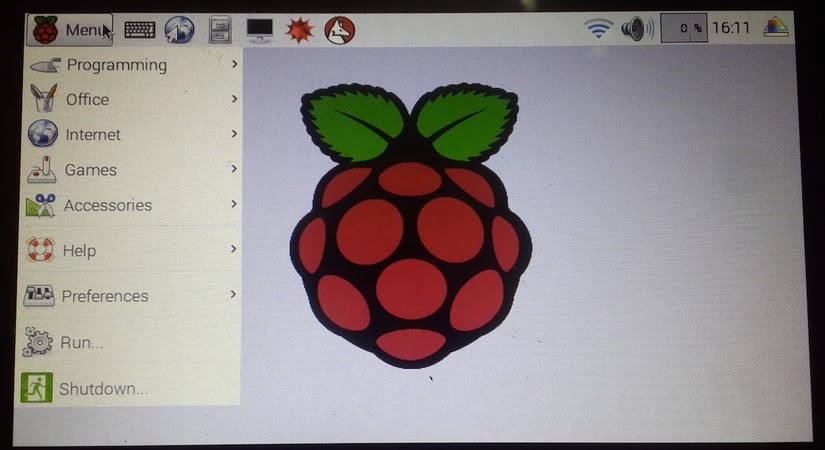
Overview of What You Can Do with Raspberry Pi
With this hardware, you’ll notice that RP is not suitable for large tasks, unless you connect several together. RP is suitable for both hardware and software programming, essentially functioning like a mini-computer.
- RP runs Linux and supports command-line, allowing you to manage RP efficiently.
- Embedded programming: lets you control input and output ports, enabling connections to external devices, solving real-world problems. Programming languages commonly used with RP include Python, C, C++, Java, Scratch, Ruby, JavaScript, HTML5, Perl, and Erlang, with Python being the most popular and quickest.
Currently, there are many exciting DIY projects using RP, solving problems from small to large scales. Programming with RP connects abstract programming to the real world, making coding more dynamic and engaging.
Some examples of embedded programming on RP are:
- Connecting to a TV (transforming a regular TV into a smart TV, which could be fun if your old 17-inch TV can connect to the internet and stream HBO or YouTube!)
- Remote access via computer
- Image recognition using a camera (detecting someone at home and playing a welcome tune)
- A mobile coffee maker (Cool Raspberry Pi Applications)
- RP Glasses
- Turning RP into a handheld gaming console
... and so much more!
For a plethora of fun project ideas, check out these pages:
With Raspberry Pi, you can experiment with endless possibilities! If you are passionate about DIY, I recommend getting one—it’s reasonably priced at around $35 for Model B. It won’t entirely replace your computer system, but it’s sufficient for handling small tasks and perfect for those who love to explore.
References
Have fun! Enjoy your journey with Raspberry Pi!

